.jpg)
Criteria for determining priority high technology are still general.
Giving opinions on the draft Law on High Technology (amended) at the discussion session in Group 4 on the afternoon of November 6, delegates from Group 4 (including the National Assembly delegations of Khanh Hoa , Lai Chau and Lao Cai provinces) basically agreed on the necessity of promulgating this law.
According to National Assembly Deputy Do Ngoc Thinh (Khanh Hoa), Article 5 of the draft Law sets out criteria to determine high technology prioritized for investment and development and strategic technology.
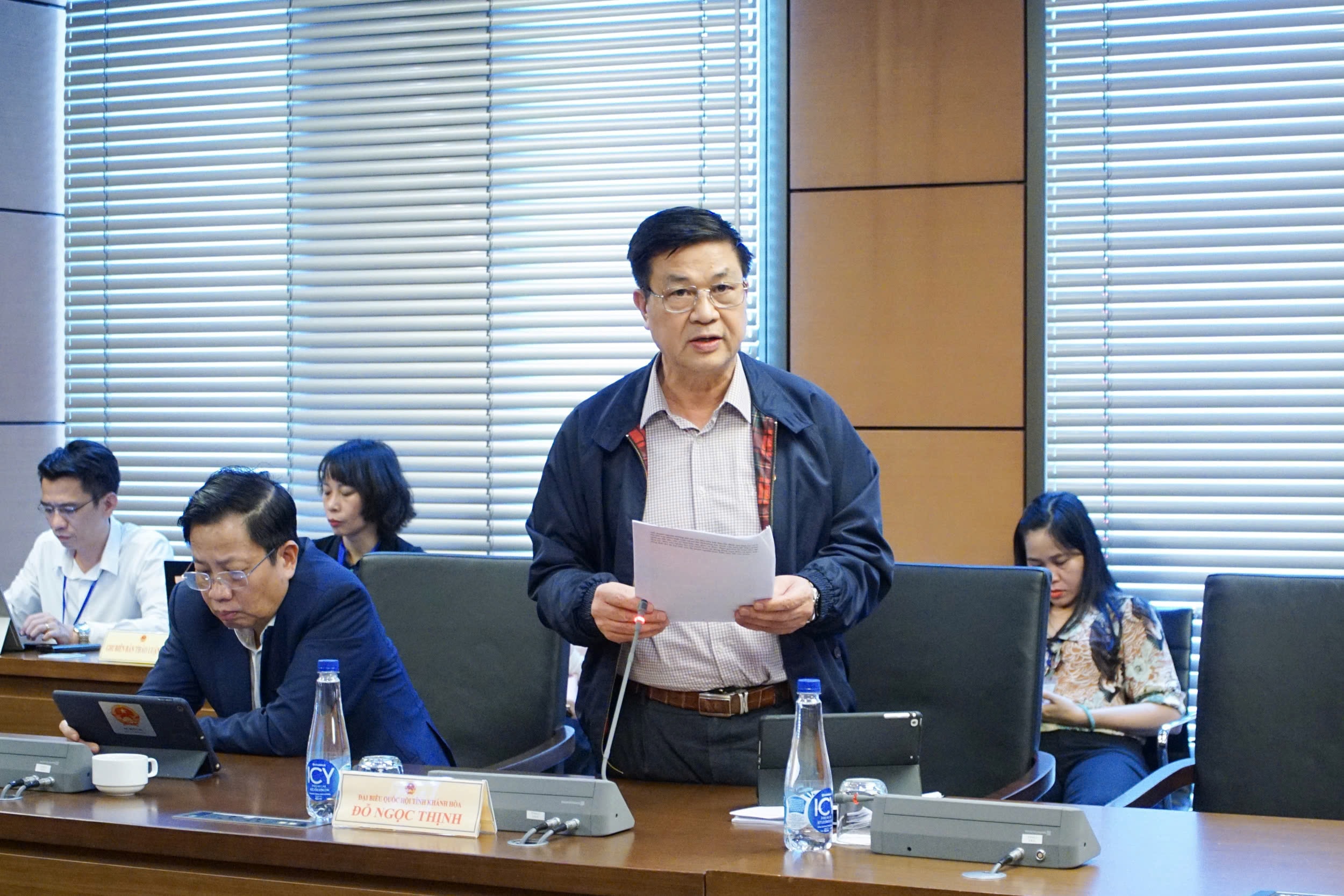
However, the approach in the draft Law relies heavily on qualitative criteria, such as: having strategic significance for socio -economic development or ensuring national defense and security; being consistent with the orientation of national science, technology and innovation development; having a major impact on socio-economic development...
Delegates acknowledged that the draft Law lacks a specific and measurable quantitative assessment framework, which will cause significant difficulties in selecting and prioritizing the allocation of investment resources.
On the other hand, such highly subjective criteria will lead to inconsistencies in application among ministries, sectors and localities. Without a clear quantitative basis, it becomes more difficult to evaluate investment efficiency and adjust support policies.
.jpg)
To solve this problem, delegates proposed to supplement the content of the Government's regulations on promulgating a set of scoring criteria and quantitative assessment methods for high technologies prioritized for investment and development and strategic technologies.
This set of criteria should include many factors such as: commercialization and export potential; ability to localize and create domestic value chains; environmental and social impacts, especially in the context of green transition; ability to meet public market and public service needs; as well as assessment of security, safety and compliance risks.
Particularly important, this set of criteria needs to be publicly announced, applied uniformly nationwide and periodically updated to suit the development of science and technology as well as practical needs.
“Building such a multi-criteria scoring framework will bring many practical benefits such as: helping to increase transparency and objectivity in the decision-making process, minimizing subjective factors and risks, and group interests,” said delegate Do Ngoc Thinh.
In addition, a unified assessment framework will create a solid foundation for more effective allocation of public investment resources, ensuring that the state budget is used for the right purposes and optimally; at the same time, helping to monitor, evaluate and adjust policies more scientifically and accurately.
Another important point is that the openness and transparency of the Criteria Set will create trust among investors, businesses and the research community, thereby encouraging them to participate more actively in high-tech development.
There is a financial support mechanism for localities with difficulties.
Regarding the policy of testing high technology and strategic technology (Article 13), delegate Do Ngoc Thinh said that the draft Law has created a legal corridor for testing high technology and strategic technology, allowing organizations and individuals to conduct testing when the technology reaches a readiness level of 6 or higher.
The draft Law also stipulates support policies, including support for technical infrastructure, shared testing platforms, testing costs, as well as tax and land incentives.
However, the draft Law has not clearly stipulated the specific time limit for each testing phase, the mandatory safety thresholds that must be complied with, as well as the criteria for evaluating the results and the conditions for exiting the “sandbox” (controlled testing) to move to the official implementation phase. The draft Law also does not refer to relevant legal provisions on controlled testing, such as in the Law on Science, Technology and Innovation, etc.
“The lack of these regulations could lead to serious consequences for safety and security, while reducing the accountability of participating parties,” delegates worried.
From the above analysis, delegate Do Ngoc Thinh suggested that it is necessary to clearly define the scope of exemption or temporary reduction of procedures and standards, approved by competent state management agencies for each specific case.
The testing period should be specifically regulated. “For example, controlled testing should be determined based on the proposal of the organization or enterprise but not more than 3 years, and can be extended once for no more than 3 years, as in the Law on Science, Technology and Innovation,” the delegate suggested.
In addition, there should be clear assessment criteria for the conditions for exiting the transparent “sandbox”, helping participating units understand and implement. The mechanism for publicly announcing the results and lessons learned from the experiment also needs to be institutionalized, creating opportunities for the entire business community and management agencies to learn and improve.
National Assembly Deputy Nguyen Thi Lan Anh (Lao Cai) added that the draft Law allows ministries, branches, and provincial People's Committees to issue policies to encourage the application of high technology and strategic technology suitable to the sectors, fields, and localities within their management scope.
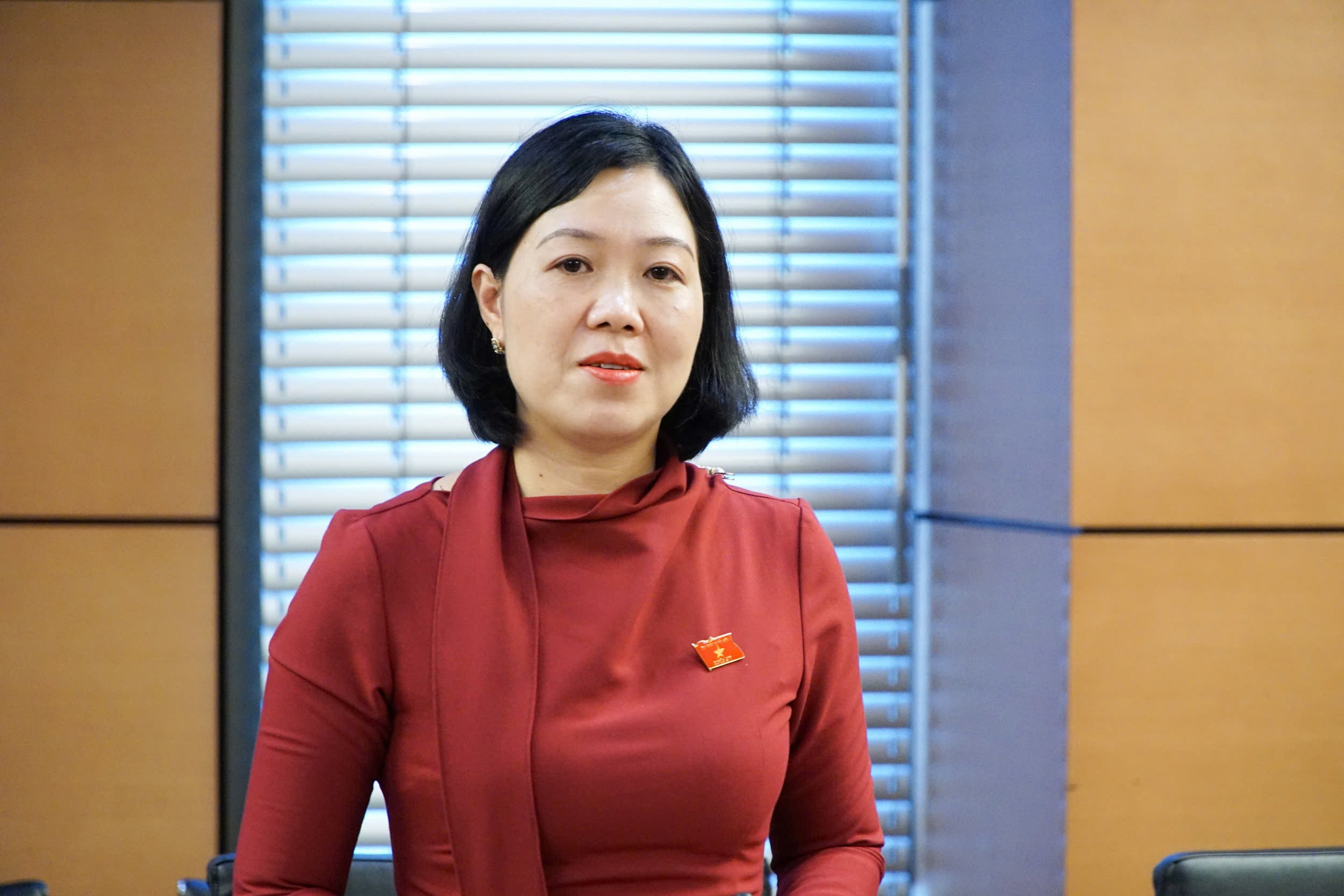
"This is a very correct policy and promotes local initiative and creativity," the delegate commented.
In recent times, localities have also encouraged the application of high technology in production, education, healthcare, etc. However, the implementation process is still difficult, especially in mountainous areas and ethnic minority areas.
According to delegates, if the draft Law provides framework regulations that are too general, it will be difficult to implement in mountainous localities that need balanced budgets like Lao Cai.
Therefore, delegate Nguyen Thi Lan Anh suggested that the Government should pay attention to having a financial support mechanism for localities that have not been able to balance their budgets in some high-tech fields that are strengths in those localities, thereby contributing to gradually shortening the gap between mountainous provinces and the plains.
Source: https://daibieunhandan.vn/thoi-han-thu-nghiem-cong-nghe-cao-khong-nen-qua-3-nam-10394753.html




![[Photo] Prime Minister Pham Minh Chinh receives the delegation of the Semiconductor Manufacturing International (SEMI)](https://vphoto.vietnam.vn/thumb/1200x675/vietnam/resource/IMAGE/2025/11/06/1762434628831_dsc-0219-jpg.webp)
![[Photo] Closing of the 14th Conference of the 13th Party Central Committee](https://vphoto.vietnam.vn/thumb/1200x675/vietnam/resource/IMAGE/2025/11/06/1762404919012_a1-bnd-5975-5183-jpg.webp)




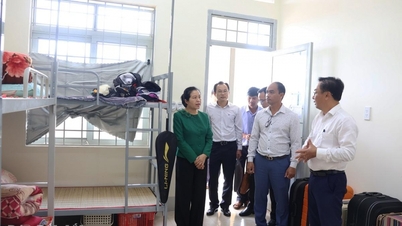



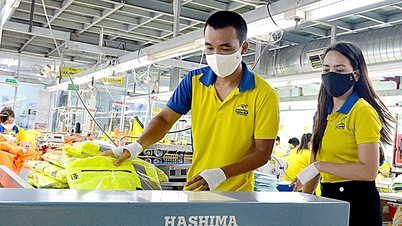


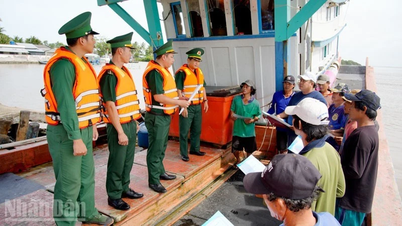
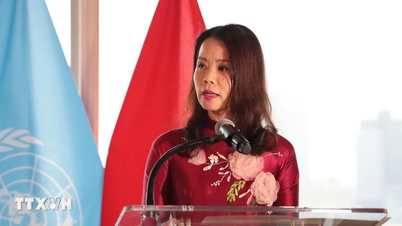




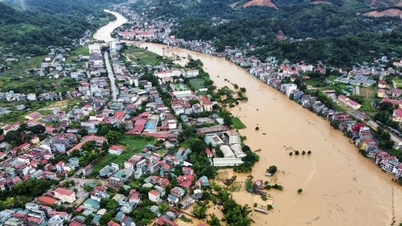




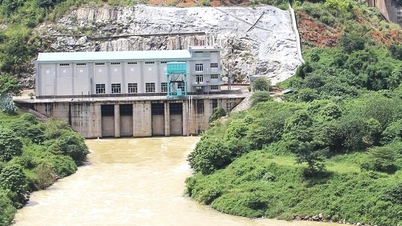

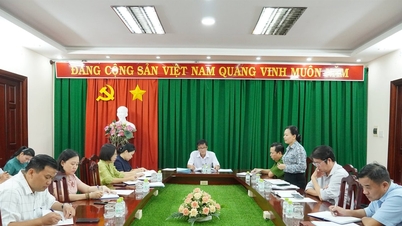
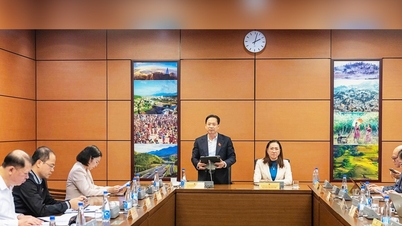



































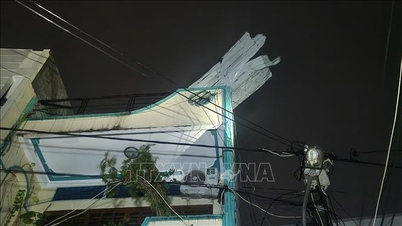

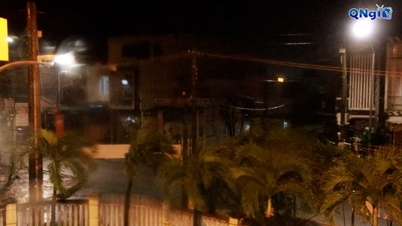

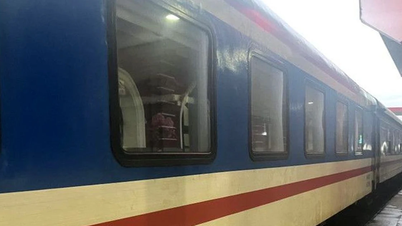

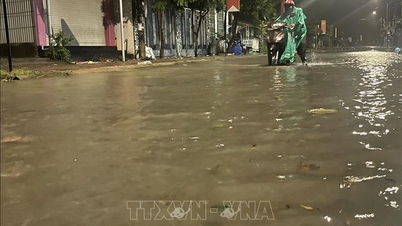

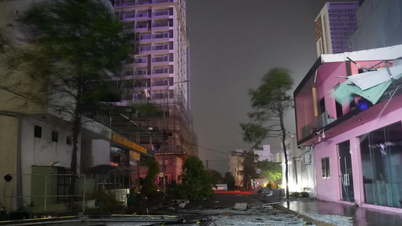



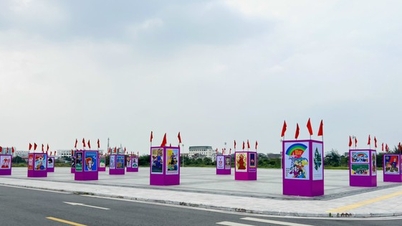








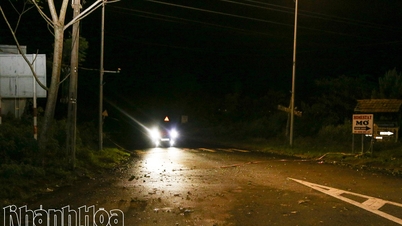

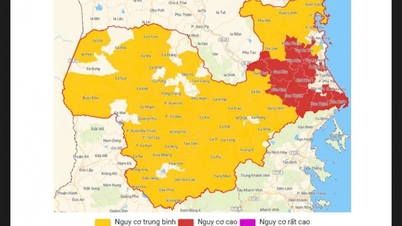
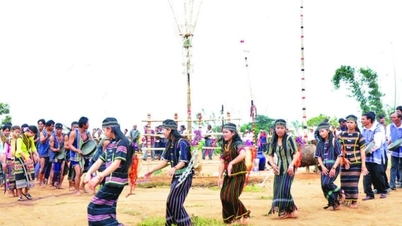
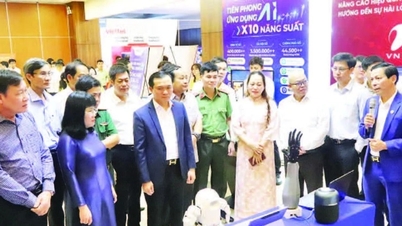
















Comment (0)